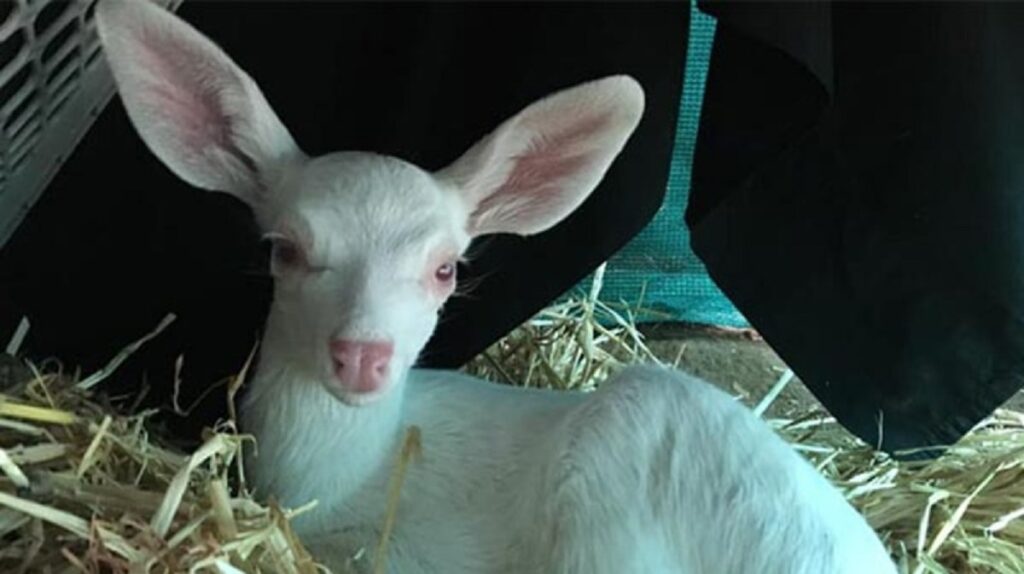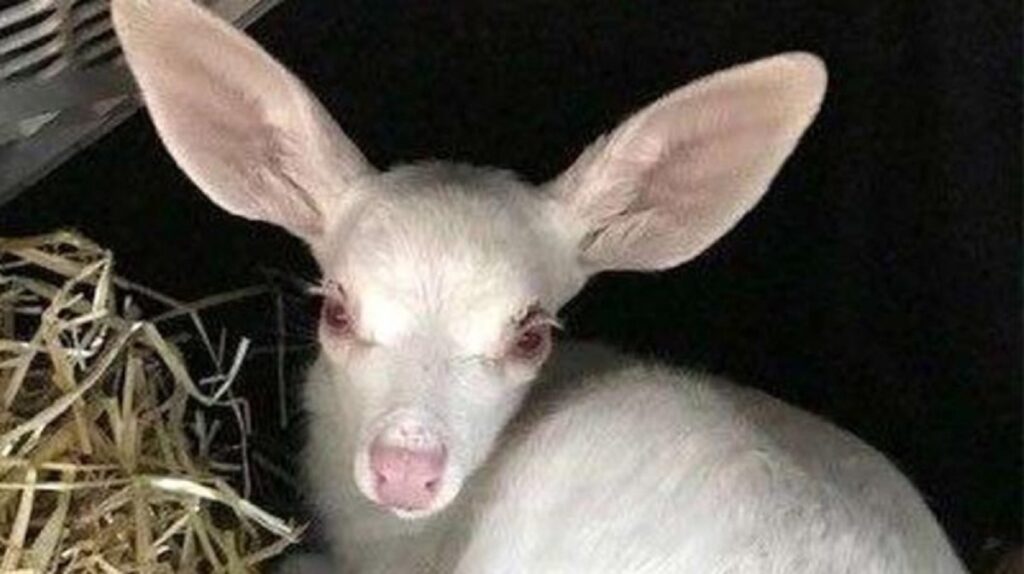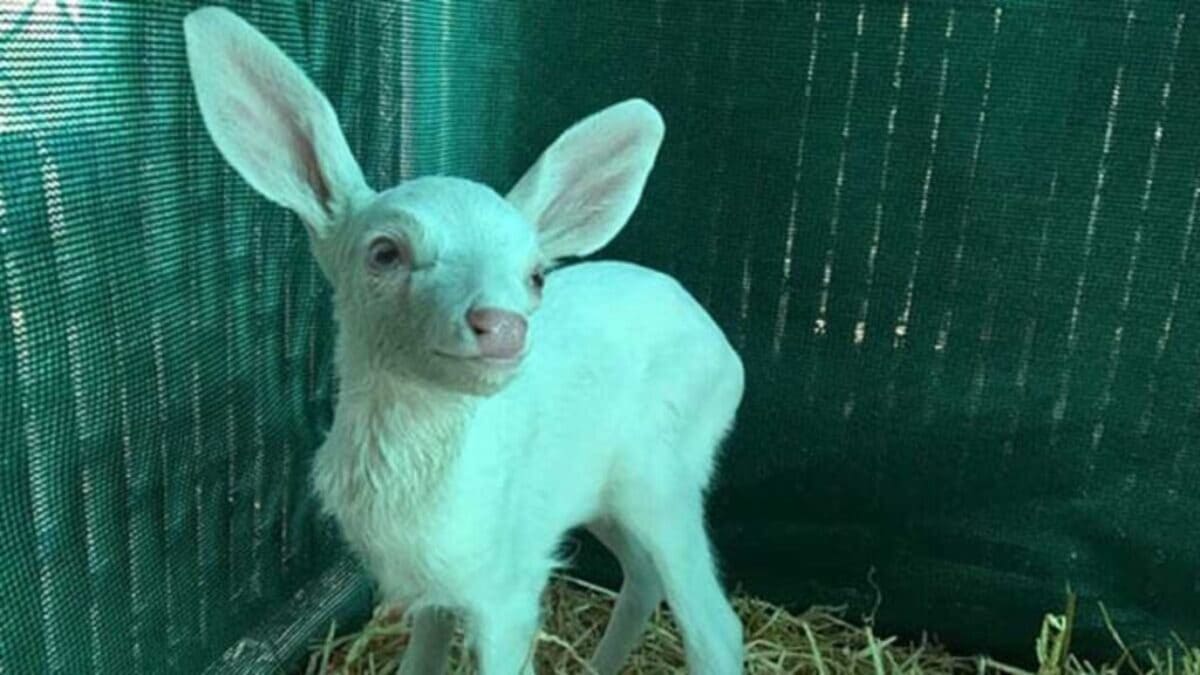Some rescues begin with a hunch, others with a misunderstanding. This one began with a fluffy white shape by the side of a quiet Texas road and a man who simply could not drive past without stopping. What John Becker expected to be a routine good deed quickly unfolded into something far more extraordinary – the sort of story you end up retelling at dinner tables for years.
A surprising discovery
John had seen stranded livestock before, so when he spotted what looked like a tiny white sheep curled in the grass, he slowed down without a second thought. It was only when he stepped closer that the truth revealed itself. The gentle creature lying in the brush was not a sheep at all, but a white fawn – soft, delicate and utterly striking.
From a distance, the confusion made perfect sense. Pure white animals are unusual in the wild, and this one had the downy fur of something very young. Only on closer inspection did John realise he was looking at an albino deer, its pale coat and pink-tinged features matching the classic description of albinism provided by wildlife organisations such as the National Deer Association. The condition is rare in deer, caused by a genetic mutation that prevents the production of pigmentation. The result is a creature so distinctive it almost looks otherworldly.

The rescue
Worried that the fawn might be injured or orphaned, John carefully lifted it and took it straight to the nearest wildlife rehabilitation centre. The staff confirmed that the little deer was indeed albino and only a few months old – far too young to be on its own. Deer mothers rarely abandon their young, so the situation was unusual from the start.
They named the fawn Spirit, a choice that seemed to capture both its fragility and its resolve. At the centre, Spirit was examined, fed and gently introduced to a safe environment where it could begin to recover. As one wildlife specialist at the centre, Melissa Carter, explained, albino fawns face extra challenges. Their colour makes them more visible to predators, and their eyesight is often compromised. Helping Spirit gain strength was therefore essential before any hope of a return to the wild.

Spirit’s new home
Spirit quickly became something of a local marvel. Visitors were intrigued, volunteers were enchanted and even seasoned staff found themselves lingering by his enclosure just a little longer than usual. Albinism in deer might not be unheard of, but finding such a young fawn without its mother is particularly rare.
The centre already cared for several young deer, including a few with similar conditions, which made Spirit’s integration easier. He began learning to forage, move confidently through brush and interact with other animals – all crucial skills for survival. Watching him adapt reminded many of the staff of the resilience wildlife can show when given even the smallest chance.
Hope for the future
The team have high hopes for Spirit’s next chapter. According to Melissa, he is developing well and forming bonds with other young deer. If his progress continues, the plan is to release him into a protected area where he can live freely, though still monitored from a distance to ensure he adjusts safely.
For John, the entire experience has been a humbling reminder that extraordinary moments often hide inside ordinary days. He set out thinking he was saving a lost sheep and ended up helping a rare and vulnerable creature back onto a path of survival.
Stories like Spirit’s highlight the vital work done by wildlife rehabilitation centres and the importance of staying attentive to the small flashes of life that cross our path. Sometimes, stopping the car is all it takes to make a difference – and sometimes, it leads to discoveries you never imagined.

